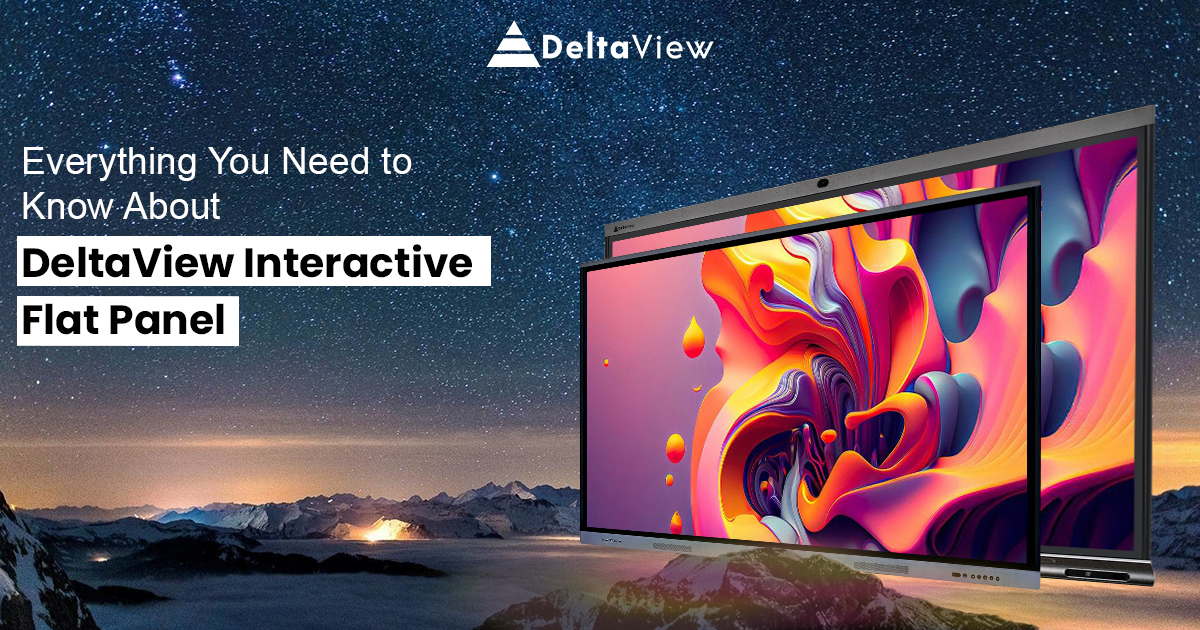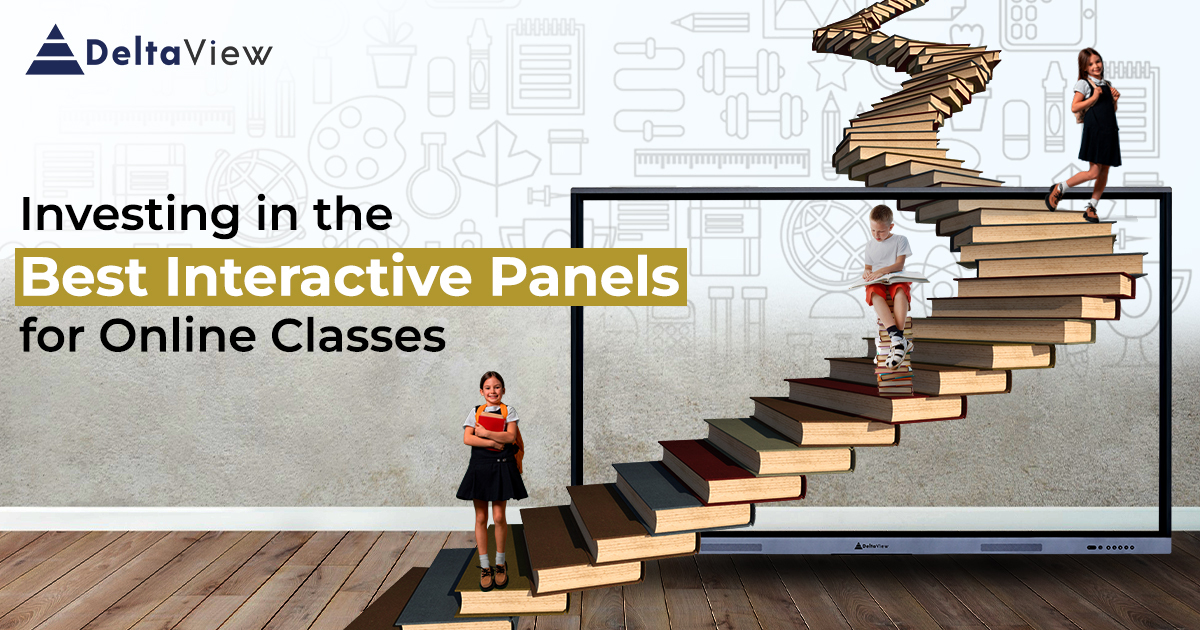




Designed to transform traditional teaching methods into immersive and engaging learning experiences.

We offer easy-to-use, high-quality conferencing solutions for all room sizes.





Toll Free - 1800-571-7167

DeltaView Technologies has emerged as a leading player in…
Read More
Selecting the right tools to enhance productivity and…
Read More
Integrating advanced technology into classrooms has become essential…
Read More
The panel's large size ensures that everyone in the room can easily see the content, and the high resolution brings out the finest details. You can choose different size options as well. DeltaView has definitely earned my trust as a reliable brand that delivers exceptional quality and innovation.

We recently upgraded our classroom with DeltaView's smart panel, and it has revolutionized the way we teach and learn. The display brings educational content to life, making it engaging and captivating for students. The panel's touch functionality allows for interactive lessons and seamless integration with educational software.

The clarity and color accuracy of the display ensure that visual elements are conveyed with utmost clarity. DeltaView's smart panel has significantly enhanced the learning experience for our students, making education more interactive and enjoyable.

Our company recently integrated DeltaView's smart panel into our boardroom, and it has exceeded our expectations. The panel's versatility and smart features, such as video conferencing capabilities and document sharing, have greatly streamlined our communication and collaboration.

As an educator with a passion for leveraging technology to enhance the learning experience, I have found the DeltaView Interactive Panel to be a game-changer in my classroom. With Effortless Integration into Teaching Workflow, Intuitive Touch Controls for Dynamic Teaching, Time-Saving Features, Enhanced Visual Learning, and Collaborative Teaching Tools has not only simplified my teaching methods but has also significantly saved me valuable time.

Our experience with the DeltaView Interactive Panel by Panorama Greens has been nothing short of exceptional. As a real estate company, showcasing our new apartment building and flat designs to clients is a crucial aspect of our business. The DeltaView Interactive Panel has proven to be an invaluable tool in creating immersive and engaging presentations for potential buyers. With Cutting-Edge Visual Presentation, Efficient Communication, Engaging Features Showcase our business has gained new heights.